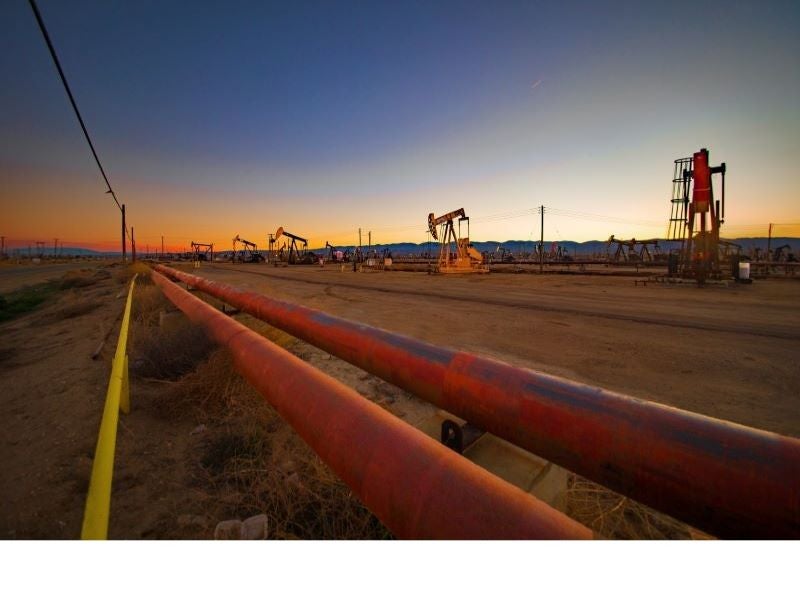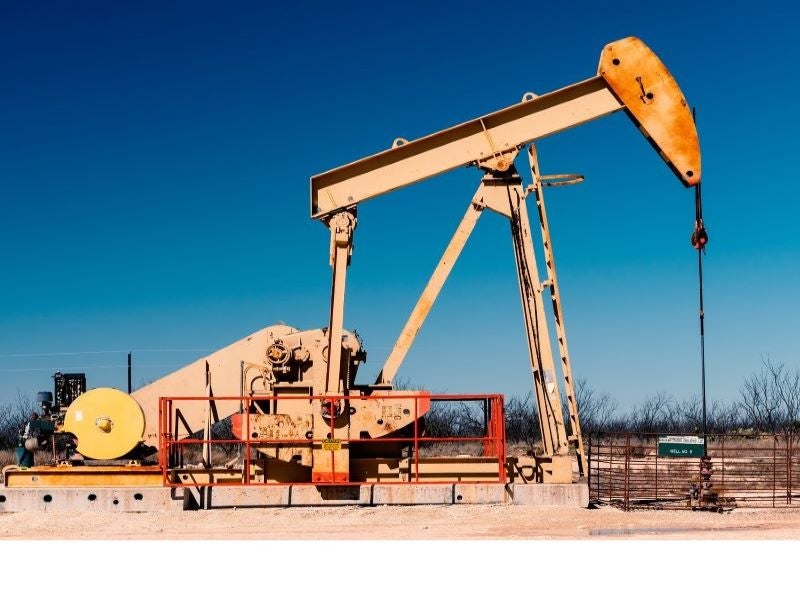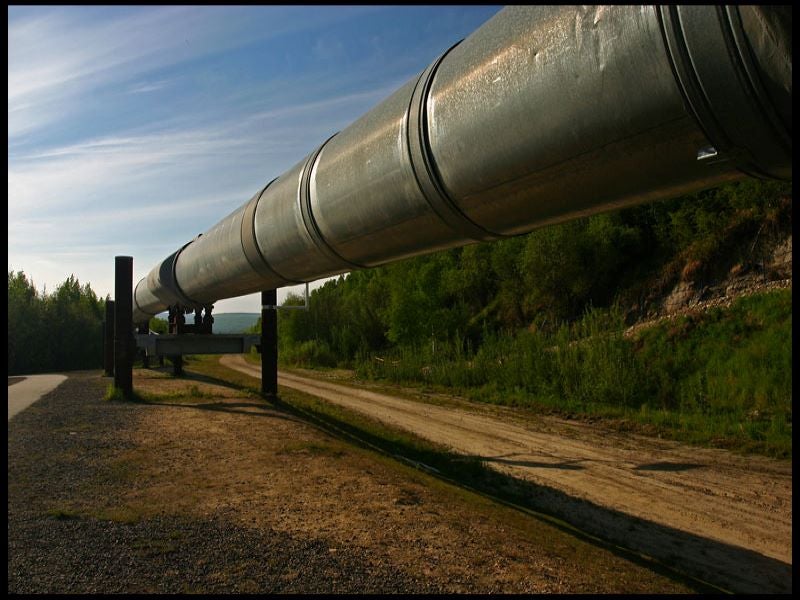The Shaikan field is one of the biggest fields by production and reserves in the Kurdistan region of Iraq.
Independent oil and gas company Gulf Keystone Petroleum is the operator and holds an 80% working interest in the field, while the remaining 20% working interest is held by MOL Group, a Budapest-based oil and gas company.
Gulf Keystone entered into a production sharing contract for the Shaikan field with the Kurdistan Regional Government (KRG) in November 2007.
The field was discovered in August 2009, while the commercial operations started in July 2013. Gulf Keystone also received approval for the original Shaikan field development plan (FDP) from the KRG’s Ministry of Natural Resources in June 2013.
The production capacity of the onshore oilfield is approximately 40,000 barrels of crude oil a day (bpd).
Location and field details
The Shaikan field is located in the north-west Zagros fold-belt in northern Iraq, in the Kurdistan region, approximately 60 km northwest of Erbil.
The field is spread over approximately 280km². It contains resource in the Cretaceous, Jurassic and Triassic formations. The majority of the production at the field is from the Upper Jurassic fractured carbonates.
The cumulative production from the field was over 70 million stock tank barrels (MMstb) as of April 2020. The remaining estimated 2P reserves were estimated to be approximately 578 million stock tank barrels (MMstb) as of 31 December 2019. The average production from the field stood at 32,883bpd in 2019 up from 31,563bpd in 2018.
Field development
The Shaikan field consists of two production facilities namely Shaikan Production Facility-1 (PF-1) and Shaikan Production Facility-2 (PF-2). The construction of PF-1 was completed in June 2013, while PF-2 started operations in June 2014.
PF-1 and PF-2 consists of five production wells each. The aggregate capacity of the production facilities is approximately 40,000bpd.
The first exploration well, Shaikan-1 was spudded in April 2009 and Gulf Keystone started Shaikan extended well test (EWT) early production operations in October 2010. The first tendered crude oil exports from the Shaikan Block by truck started in December 2013.
Recent activity in the field
The planned maintenance and debottlenecking works were completed at PF-1 and PF-2 in June 2019 and October 2019 respectively.
The PF-2 spur pipeline started operations in July 2018 while the PF-1 spur pipeline was commissioned in December 2019. The spur pipelines tie-in to the Atrushexport pipeline which is connected to the Kurdistan export oil pipeline.
Earlier, the crude oil was transported by trucks to Faysh Khabur, approximately 120km from field, for injection into the Iraq-Turkey pipeline which terminates at the port of Ceyhan situated on the Mediterranean coast of Turkey. Faysh Khabur is located on the Turkey-Iraq border.
Tubing workovers were completed on the SH-1 and SH-3 wells in 2019. The SH-12 well, the first well of a multi-well drilling campaign, started production in November 2019. The workover on the SH-12 well, with a flow rate of over 5,000bpd, was completed in November 2020.
The expansion project at the field to increase the production to 55,000bpd was suspended in March 2020 due to market uncertainty caused by the Covid pandemic.
Kurdistan export pipeline
Rosneft entered into a concession agreement with Kurdistan Regional Government to operate the Kurdistan export oil pipeline. The agreement came into effect in January 2019.
Rosneft holds a 60% stake in the pipeline, while the remaining 40% is held by KAR Group, an Iraqi Kurdistan-based firm. The concession period is for 20 years with an option to extend for 5 years.
The length of the pipeline is approximately 420km and the design oil transport capacity is approximately 950,000bpd.





